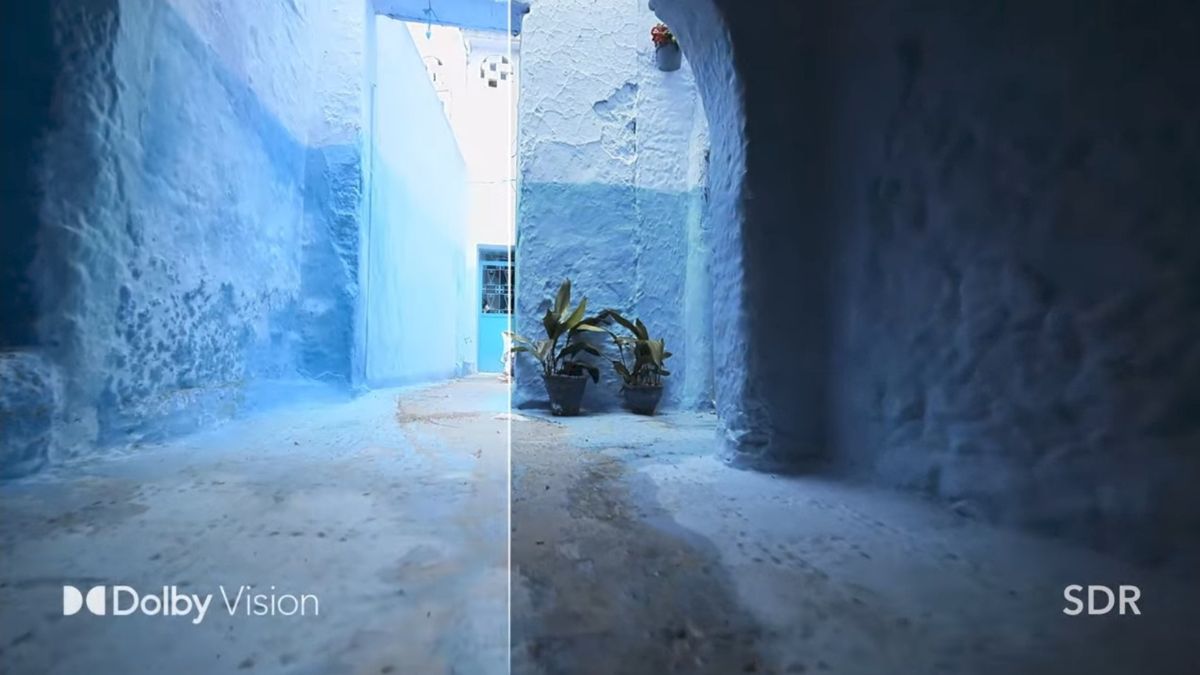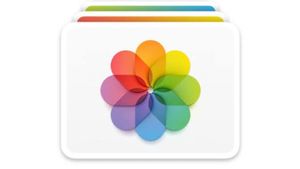JAKARTA Dolby Vision is a technology developed by Dolby Laboratories to produce High Dynamic Range (HDR) resolution videos. This format can display the best details from within the video. HDR is a higher format than the Standard Dynamic Range (SDR). The range of colors, luminosity, and contrast ratio is much better so that Dolby Vision is widely used on television or high-quality monitors. Dolby Vision is an alternative if television manufacturers or monitors want to add an HDR format. Although HDR10 and HDR10+ are free to use, companies that use Dolby must pay licenses to the company. Content creators who take advantage of Dolby Vision format are recommended to use a minimum brightness of 1,000 nits. During using this format, free videographers determine color depths up to 12-nit, according to content needs. Dolby Vision's shortcomings and Excesss Although Dolby Vision is claimed to be better than the HDR10 and HDR10+ formats, the content display for this format is very limited. The reason is, Dolby Vision is a new format that takes time for its number of HDRs to reach HDR10 and HDR10+. In addition, Dolby Vision is a special format with high resolution so that not all content is compatible with this format. Usually, devices or content that use Dolby Vision are much more expensive because they have to pay for licenses.
SEE ALSO:
Despite the shortcomings, Dolby Vision has many advantages such as color or brightness that can be displayed according to the wishes of content creators. In addition, the color range is larger up to 68.7 billion light. Dolby Vision has a much better brightness than HDR10 and HDR10+ due to its much higher brightness limit. HDR10+ can only reach 4,000 nits of brightness, while Dolby Vision is limited to 10,000 nits.
The English, Chinese, Japanese, Arabic, and French versions are automatically generated by the AI. So there may still be inaccuracies in translating, please always see Indonesian as our main language. (system supported by DigitalSiber.id)


















